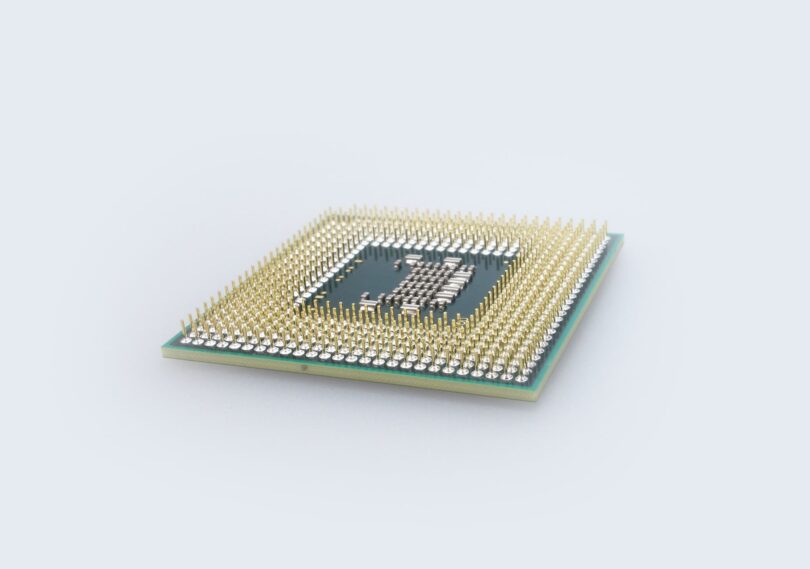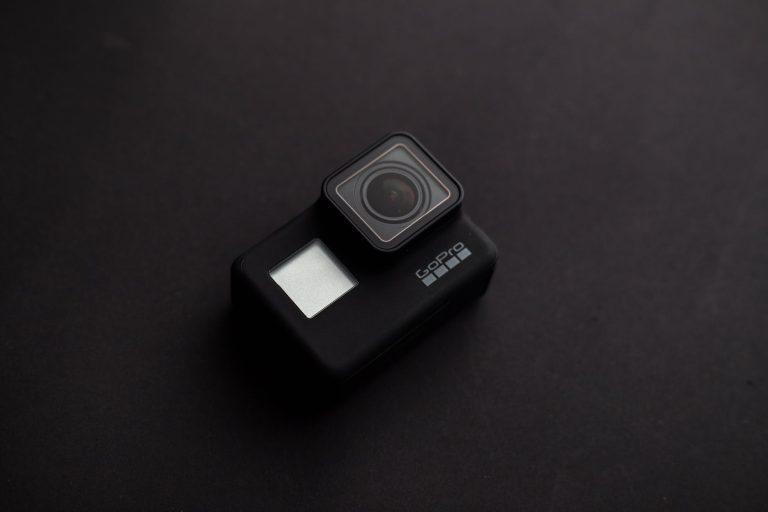Himax (HIMX) is a fabless semiconductor company based in Taiwan. The main product consists of display drivers, basically the chip that runs a computer screen. They also provided the LCoS display for the original Google Glass in 2013, which is why Yahoo Finance lists it alongside augmented reality (AR) plays.
The company has 2000 employees. More than 90% are engineers and 3000 patents with a market cap of $2.4B. Forward PE (for 2023): 8.6, but this assumes that the chip shortage is over in 2023.
The automotive chip shortage was rather prominent in the news a few months ago but is still ongoing. The shortage is specifically due to the lack of display drivers. Himax controls 30% of the global market share for automotive display drivers. They expect the situation to be dire until 2023, according to MarketWatch.
Being fabless is not an issue as we can see from the EPS history:
- Q2 2020: $0.01
- Q3 2020: $0.07
- Q4 2020: $0.20
- Q1 2023: $0.38
- Q2 2023: $0.62
And they expect up to $0.81 ($0.69 non-GAAP) for Q3. The EPS growth is due to higher gross margins, from 20% to almost 50% in a year. (Due to the shortage, they cannot exactly grow by selling more. They are selling everything they have.) These margins are not solely due to the chip shortage but also by focusing on more lucrative segments, e.g. tablets instead of smartphones. They have 60% market share for non-iOS tablet TDDIs. TDDI is a combination of display driver and touch controller, so you only need one chip instead of two to get a touch screen.
The last big share price movement was after the Q4 2020 results. It has been oscillating ever since. Even the Q2 earnings beat and the excellent guidance had zero effect on the share price. To put things into perspective, the latest EPS of AMD were $0.63 and the AMD share price is $110. So Himax has some room to run. It will most likely overtake AMD in terms of EPS in the next quarter. They serve different markets though, so the standards are a bit different.
Competitors:
- Samsung. PE of 17 and there is no room for growth anyway. Is a customer of Himax for tablet TDDIs.
- Novatek. Only traded in Taiwan. PE of 15. Five times the market cap of Himax but extremely similar overall. Share price is 10% up since announcing their earnings a week ago.
- SiliconWorks / LX Semicon. Only traded in South Korea. Market cap of $1.76B. PE might be around 18.
- Raydium. Only traded in Taiwan. I have no idea about their financial situation because IR is not in English.
- Synaptics. PE of 20. They just beat earnings and went up 16.5%.
Both Novatek and Synaptics went up quite a bit after their earnings and both are less profitable than Himax. The chip shortage affects them pretty much in the same way, so we can see that Himax is a safer deal than its peers.
Why Himax will likely remain very profitable after the chip shortage is resolved:
- There is a shift in demand towards segments with high margins. Higher resolution and higher refresh rates require more complex chips which can be sold for more. In the grand scheme of things, these chips are still very cheap (around $1 per chip) so display manufacturers are willing to pay a dollar extra if they can sell their 240 Hz 8K TV for an extra $1000.
- Their TDDI technology is a clear winner in the automotive segment. They say “The number of awarded projects is already in the dozens and still growing quickly as we speak. We expect the [automotive] TDDI volume to expand exponentially starting from this quarter.” Their overall automotive market share is increasing. So even if they have to sell each chip for less after the shortage, they can make up for it in volume. They are fabless and their biggest fixed cost are the employees, so by selling more they can keep up the profits.
- Electric vehicles typically come with more displays than ICE vehicles, so the overall demand is getting larger as well.
It is not even clear whether the shortage will be resolved any time soon. Work-from-home demand will probably go down, but then again the demand shifts towards more sophisticated displays with increased resolution and refresh rates. A chip that handles 240 Hz refresh rate is bigger than a 60 Hz chip. And the total foundry capacity is still limited. From the earnings call:
- “Some design requires more sophisticated design, i.e., larger IC per panel. So we believe the demand in terms of wafer area will increase. We actually, based on internal estimates, [believe] the supply can actually decrease somehow.”
- “The fact is that the industry, overall, there is simply no new major capacity expansion this year and next year or even second half 2023”
So demand is increasing, effective supply is decreasing, there is almost no capacity coming online before 2024 and what happens afterwards is still unknown.
This article was written by u/frankelstner.




